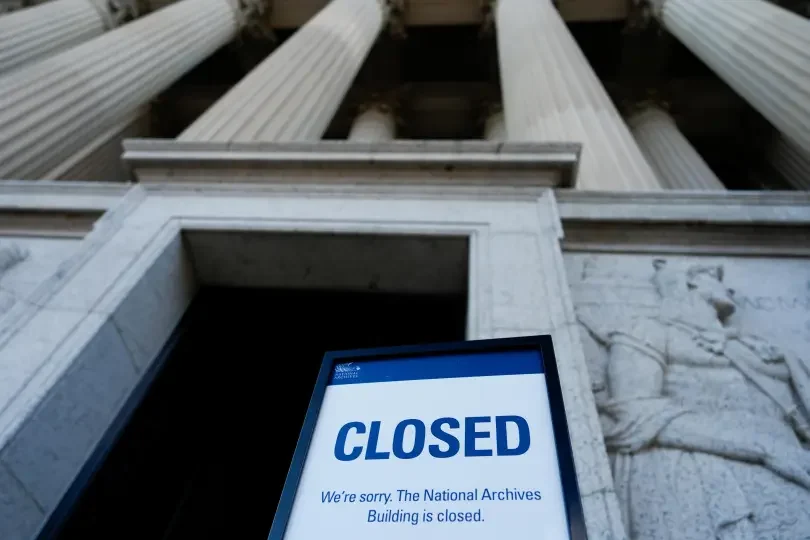Government Shutdown Not Affecting Border Trade Flows Yet
When the federal government shuttered operations on Wednesday morning due to failure in reaching a funding agreement, many in the trucking and logistics industry braced for chaos at international crossings. But so far, the picture is cautiously optimistic. U.S. Customs and Border Protection (CBP) continues to operate cargo inspections, port operations, and passenger processing without interruption—despite the shutdown.
CBP officers, Border Patrol agents, and other essential personnel are deemed critical to national security and trade facilitation, meaning they stay on the job—even without pay. Ports of entry remain open, and import revenue collection (from tariffs, duties, and fees) is ongoing.
What Has Not Stopped
Cargo inspections at land and sea ports remain active.
Port operations including processing and logistics handling continue.
Revenue collection on imports, including tariffs and duties, is ongoing.
Passenger processing at international entry points is still functioning.
CBP employs over 60,000 personnel across its divisions—including agriculture specialists, law enforcement officers, and trade facilitation staff. Their mission in trade and border security is continuing, even as the shutdown presses on.
Status at Key Border Crossings
So far, major land crossings between the U.S. and Mexico or Canada have not seen significant congestion:
World Trade Bridge, Laredo, Texas: Average wait time for commercial trucks is around 10 minutes. That crossing handles over 16,000 trucks daily, so even modest delays could magnify quickly.
Ysleta International Bridge, El Paso, Texas: Commercial truck wait times hover at 25 minutes.
Bridges along the U.S.–Canada border: No notable delays are reported at this time.
These levels are manageable for now, but they bear close watching. A small shift in staffing, inspection protocol, or traffic volume could ripple into delays quickly.
Risks, Fragility, and What Could Change
The existing calm should not breed complacency. A few stress points could push the system into trouble:
Personnel Fatigue and Attrition
Working without pay is unsustainable. Over time, attrition or morale decline could reduce inspection capacity or slow processing.Backlog Accumulation
Even minimal delays or overflows in trade corridors can cascade. A slight bottleneck at a bridge can back up miles of trucks and cause ripple effects deep into the supply chain.Resource Constraints
Essential equipment, inspection staff, support services (weigh stations, scanning tech) might lose support or maintenance if funds dry up further.Policy or Directive Changes
Shifts in how inspections are prioritized (e.g. more stringent screening) or protocols altered to conserve resources could slow throughput.Political or Congressional Pressure
If funding resolution drags, temporary stopgap measures or executive orders could force changes in trade facilitation.
What Truckers and Carriers Should Watch and Do
Monitor border wait times closely via apps and official sources.
Build in buffer time for cross-border routes to account for sudden inspection slowdowns.
Stay in communication with CBP/port contacts to receive updates on staffing or operational changes.
Keep documentation sharp—all import/export paperwork, manifests, and declarations should be in perfect order to avoid added inspection scrutiny.
Avoid surprises—cargo theft, compliance flags, or mismatches in documentation could attract deeper inspections under stressed conditions.
For help assessing how a prolonged shutdown could affect your routes, customs exposure, or cargo liability, contact Allcom Insurance at 866‑277‑9049 or email info@allcomins.com

